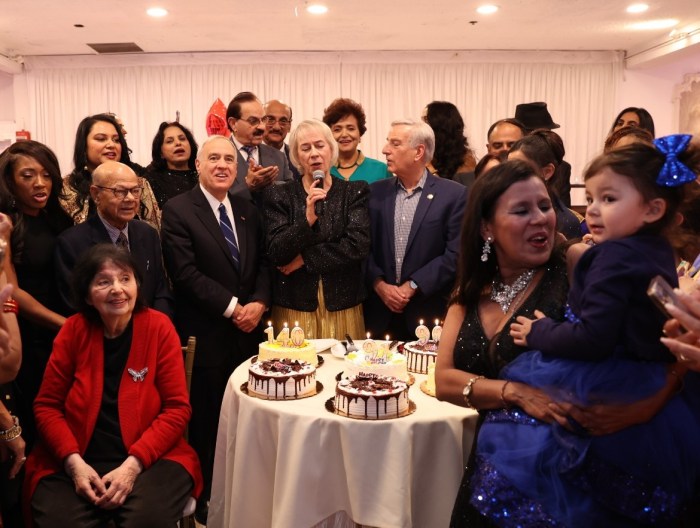The Feb. 9-15 TimesLedger Newspapers editorial “Fairness a Stranger at CB 7” was off the mark and an unfair assessment of Community Board 7 and what happened at its monthly meeting.
Community boards do not hide behind “a letter in the law” to determine if an application should be approved or not for variances. The city requires they use the city Board of Standards and Appeals’ five-findings criteria to test variance applications. This list takes the emotion and subjectiveness out of the test. The city could not operate in a system that was not based on uniform laws, rules and standards.
The merits of each application are discussed during the applicant’s presentation and question-and-answer period, but the final board vote is based on whether or not the applicant meets the BSA five-findings test.
CB 7 has reviewed and voted on hundreds of variance applications over the years, and it has been flexible in many cases where the applicant’s application does not quite meet a BSA finding. For example, Finding No. 5 asks, “Is this a minimum variance?” A minimum variance is a couple feet here and there, or some other minor condition that does not quite meet the finding.
The Mormon church’s three-variance application failed on three of the five BSA findings. Just on No. 5 alone the size of the building was not a minimum variance that was off by a foot or two. It was 12,000 square feet off. It was asking for twice the size permitted! That is an absurd request from any applicant.
Board member Nick Miglino told the church so when he said that if it was inflexible by insisting on a building twice the size permitted, when it had other options, it “would lose heavily here that night.” He did not take off any mask of impartiality, as the editorial indicated. He was stating the fact that a building that size alone was a deal breaker.
Your opinion does not seem to show an understanding of how we who live in the lowest-density residential zones cherish our neighborhoods and want to keep their suburban look and feel. We fought for years to get Queens rezoned and for the city to take out the exemptions from the outdated 1961 zoning that allowed oversized homes and community facilities that were given a bulk bonus to be built.
Our single-family neighborhoods were being destroyed by supersized buildings that dwarfed our homes, altered the character of the neighborhood and brought hundreds of more people into our quite residential areas.
Beginning in Bayside in 2004, the city rezoned Queens. It took the exemptions out of old zoning codes to preserve our single-family lifestyle in the low-density zones and upzoned other areas to spur growth according to the mayor’s vision of the future.
We are pleased with the new protections provided to us. We lived in fear for years worrying about whether a builder would buy and tear down our neighbors’ homes and build a McMansion or whether an institution would do the same and change our lives forever. We want to believe those days are over.
The Mormon church is asking the city to exempt them from the zoning standards that are now law. It asked CB 7 to allow it to build a huge building that is no longer permitted under the new zoning laws. CB 7 rightfully said no. We hope Borough President Helen Marshall will say and that the BSA will say no.
A better alternative for the Mormons would be to remodel their existing church on Sanford Avenue, which is in the R-7 apartment zone that allows for larger buildings. They could build a church there five times larger than the proposed building turned down by CB 7.
Certainly that would fill any expansion needs for years or generations to come. They just opened a new five-story church on 163rd Street in Jamaica in a apartment/commercial zone and they have a similar building in Harlem, proving they can function in those types of buildings. Or they could build a smaller church on 33rd Avenue as-of-right, which would not require any variances or community board review.
Under the new zoning, religious-use organizations can locate in the lower M-1 manufacturing zones. Due to the economic slowdown, many of these areas now have empty buildings that are looking for buyers or tenants. They would provide the perfect homes for community facilities because of the low amount of weekend traffic, abundance of parking and no neighbors to negatively affect.
We, as homeowners, believe we have rights, too. We believe we are entitled to our suburban way of life since we chose to live, buy homes, raise families and pay taxes here. We now have the zoning protection we fought for and we are not about to give it up.
Tyler Cassell
President
North Flushing Civic Association
Flushing

































